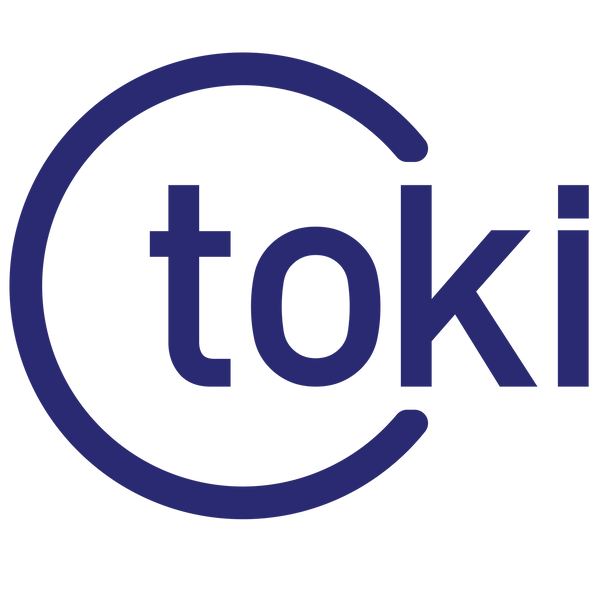
Printed circuit board (PCB) cleaning is an important part of the electronic device assembly process to remove excess flux, oil, grease, or any other contaminants. Failure to properly clean a PCB can negatively impact the durability, efficiency, and reliability of the device in question. This also negatively impacts the overall life of the device.
Aerosol cleaning prevents the introduction of new contaminants by continuously supplying clean, unused solvents throughout the cleaning process.
5 top tips to improve the aerosol cleaning process
 |
Use a straw attachment for more targeted sprayUsing a straw attachment allows for a more controlled spray and more precise targeting of the solvent. This also allows the user to direct the solvent and angle the spray under the component, reducing waste. A straw also increases the spray pressure, allowing you to clean stubborn residues with ease. |
 |
Omni-directional spraying for effective cleaningDirecting solvent into the sides and corners of the components can help break up any flux dams which may be present. Cleaning the corners of the components first, then the sides provide a more thorough cleaning compared to spraying only the sides, as it allows for trapped flux to be flushed out completely. An oscillating spray head would hence provide more opportunities for the solvent to flow under the component from various angles to clean out the flux. |
 |
Determining spray angleTo remove flux or residues trapped under a component, it may be helpful to reduce the angle between the straw and PCB. At an almost parallel angle, it allows the solvent to push hard against any contaminants and flush it out from under the component. |
 |
Proper usage of cleaning toolsBrushes and swabs used to remove flux may end up spreading partially dissolved flux around the circuit board if the solvent used is insufficient. This could leave a white residue on the board when the solvent dries. Foam swabs may disintegrate when more aggressive solvents are applied, leaving a messy PCB. o ensure that the flux is fully dissolved, consider using a solvent cleaner when brush attachment, that consistently feeds a fresh supply of solvent onto the board. This also prevents the solvent from drying out too fast. |
 |
Final rinseAt the end of the cleaning process, it is recommended to still do a final spray cleaning to ensure all contaminants are properly removed. This final rinse is crucial for removing solvated flux residues and contaminants from under and around components, ensuring they flow off the board completely. |
While it may seem a hassle to thoroughly clean the board even when the contaminants may not be visible, great care is needed when it comes to dealing with high-reliability PCBs to ensure that the final device functions as planned without any failure or breakdown of the equipment
